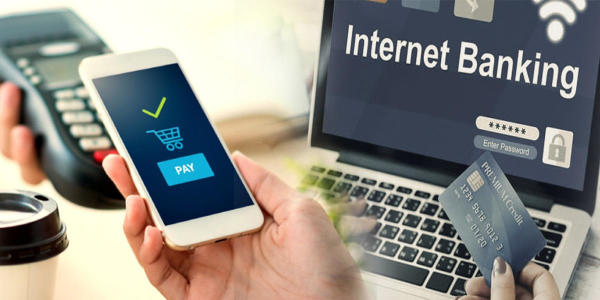Witnessing the coronavirus outbreak since December last year, there has been a major hike in the number of downloads and discovering of existing mobile apps available for fintech and digital banking services. To put it more broadly, around the global, people have been slowly picking up contactless payment alternatives for all their day to day needs.
The World Health Organisation recently announced that going contactless seems to be the healthiest, safest and the fastest way to solve payments.
Pay with a Quick Tap
So, how would you define an end to end payment platform that offers a complete contactless payment solution?
In this scenario, you don’t have to swipe any card. There are two types of contactless payments on a credit card in the current system. The first being a mobile wallet or payments made through an app and contactless technology directly fixed into the card itself. So, whenever you want to make a transaction, all you have to do is tap the chip card to a point-of-sale terminal with strong Near-Field-Communication (NFC) connectivity to activate communication with the chip terminal through radio waves building up a cryptogram. Your card will only be read if your card stays really close to the reader and if there aren’t any other credit cards stacked in your wallet or hand.
Although the concept sounds a little advanced and modern, it still remains as a credit card. Like any traditional card, it comprises a unique credit card number, expiration date and a 3 digit CVV (Card Verification Value) code number that demands high privacy and security.
How Beneficial are Contactless Payments?
Since countries such as the USA, Canada, UK and Switzerland are constantly adapting to contactless consumer payment behaviours in many industry categories, it accelerates the process for merchants to ]serve their customers in an efficient way, which then culminates into an improved customer experience overall. All the time spent in cash handling behind the counter is intensely reduced and people don’t need to be waiting in long queues for their turn to make a transaction.
When the payment ecosystem is electronified, shop owners are able to collect useful data on the buying behaviour of their customers and based on this data they can consider switching to a more customer-friendly service wherever they think needs a tuning.
Likewise, contactless cards bring economic benefits to banks. Specially in the case of cash handling charges which are traditionally imposed when a transaction exceeds its limit. With the growth of contactless payment, the whole scheme requires less use of cash results reducing consumer banking in cash related activities which ultimately drives innovation for market leadership and loyalty from consumers.



Comments are closed.